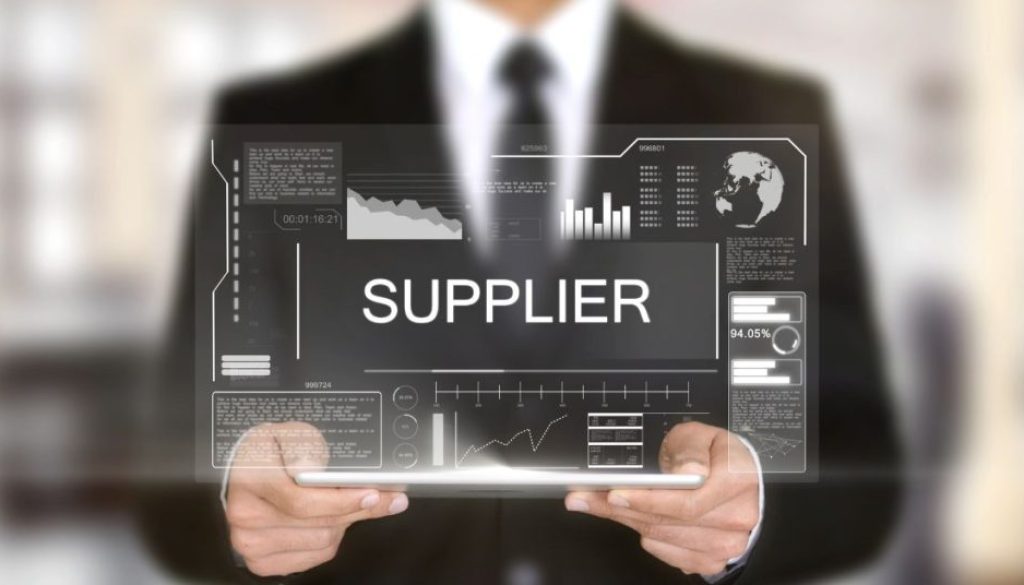If you want to streamline your supplier evaluation process, increase supply chain efficiency, and reduce costs, building an ideal supplier scorecard is crucial. The supplier is a third-party vendor that provides goods, materials, and services to your organization. While it seems obvious to choose suppliers that are cost-efficient and easy to work with, rapid technological growth and global economies of scale have resulted in a large pool of suppliers to choose from. While this isn’t necessarily a bad thing, it can make it difficult to choose the best supplier to fit your needs. This is where a supplier scorecard can help.
While supplier relationship management aims to plan and manage relations with your suppliers, tracking the performance of the supplier against a set of key performance indicators (KPI’s) will monitor their performance and keep only those that are meeting your standards in your supplier base.
This is by no means an exhaustive list of what you can include on your supplier scorecard, but some recommendations that we have found beneficial when analyzing supplier performance.
What is a supplier scorecard?
A supplier scorecard is the result of supplier analysis based on a set of key performance indicators and metrics.
Steps for building a supplier scorecard:
- Focus on the purpose of the scorecard by recognizing and determining the right measures and metrics, or, your KPI’s.
- Identify your data sources that can help identify supplier performance.
- Update the data frequently because interactions and transactions with the supplier change often.
Read more – Procurement Software Guide
Metrics for supplier performance analysis
Let’s look at some of the key categories and associated metrics that can be used to assess supplier performance.
QUALITY: The quality of goods and services provided by the supplier, as well as the supplier’s delivery performance and accuracy. Some key metrics for this category can include non-conformance and invoice errors.
- Non-conformance occurs when the product or the service does not meet the agreed-upon requirements or specifications. This can also happen when the wrong product is supplied, when an order is missing a packing slip, or when the order is delivered to the wrong location.
- Invoice errors refer to discrepancies during the invoicing process. Some of the most common invoice errors include charging the wrong item price or for the wrong quantity, or charging freight which is not contractually allowed. It could also be an incorrect purchase order, shipping number, billing address, date, and so on.
COST AND PRICING: Organizations typically want the supplier who provides the lowest cost for goods. Some metrics to consider regarding cost:
- Purchase price variance, which is the difference between the actual purchase price of an item and the standard purchase price of the same item.
- Cost savings & substitution suggestions, which is when the supplier can suggest alternating lower priced goods that meet the same purpose.
- Competitive comparison, which considers how many bids the supplier has won when competing against suppliers in the same category.
- Continuous improvement suggestions from the supplier are another indicator of their willingness to provide goods at a reasonable price.
DELIVERY: This is another quantitative category to assess the delivery time and thereby the service of the supplier.
- Lead time is the time it takes to deliver a good or service and can be obtained from the item setup within procure to pay.
- On-time delivery is the ratio of customer orders shipped on or before the promised lead time or the requested delivery date vs. the total orders.
SERVICE: The service level provided by the supplier decides the future of the relationship with the supplier.
- Response time is the time taken by the supplier to respond to a request for quote or an urgent purchase order.
- Invoice timeliness is the time taken for invoicing to be completed by the supplier.
- Stock levels are rated by the supplier’s ability to stock products to reduce lead times.
SUPPLIER RELATIONSHIP: This is a qualitative category to assess the relationship between your organization and the supplier. Some factors affecting this category include good pricing, quality products, and fast, reliable turnaround times.
- Internal feedback can be particularly helpful here, via a feedback survey solicited from the employees about the supplier.
SUPPLIER RISK ASSESSMENT: Another qualitative category to assess the financial health and any legal/bankruptcy claims of the supplier. It is important to know the risk associated with the supplier as it can affect the delivery of critical goods and services if the supplier runs into financial difficulties.
COMPLIANCE AND CERTIFICATIONS: Suppliers are expected to be regulatory compliant and up-to-date with their certifications. An organization should associate with suppliers that are compliant and certified for the business.
CORPORATE SOCIAL RESPONSIBILITY AND DIVERSITY (CSR) gauges the corporate social responsibility and diversity goals of the supplier, which can have major impact on your organization’s reputation and sustainability efforts.
Always remember, a supplier scorecard is only as effective as the KPIs included. Simfoni’s AI-infused eSourcing tool has a defined set of KPIs and metrics that we believe best evaluate the performance of a supplier and is just one of the many sophisticated yet easy-to-use features of our powerful solution.
To learn more about how Simfoni’s eSourcing tool can help you build a supplier scorecard that best fits your needs, schedule a demo today!

